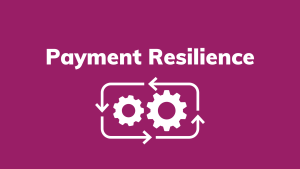Why your payment was declined
(all potential reasons)
So you’ve tried to make a card transaction but your payment was declined. Why has this happened? How can you fix it? Find out more!
Why your payment was declined
Whether you are shopping for yourself or on behalf of your employer, there’s nothing worse than seeing that the card you’re using has declined. Chances are, we have all experienced something similar to the following scenario:
You have been planning to make a purchase for a while now and have decided that today is the day. Picking out your desired items, you feel the anticipation building as you make your way to the checkout…
Your items are added up and totalled. Confidently, you reach for your card and input your details when suddenly, a feeling of disappointment settles in your stomach. The payment was declined.
A number of emotions can quickly wash over you when this happens – confusion, embarrassment, worry and concern. Why has this happened? Could it be a glitch? Where has my money gone?
The Volopa team will attempt to cover all the reasons why your card payment could have been declined, in this article, and explain what you can do to fix each issue. Let’s get started.
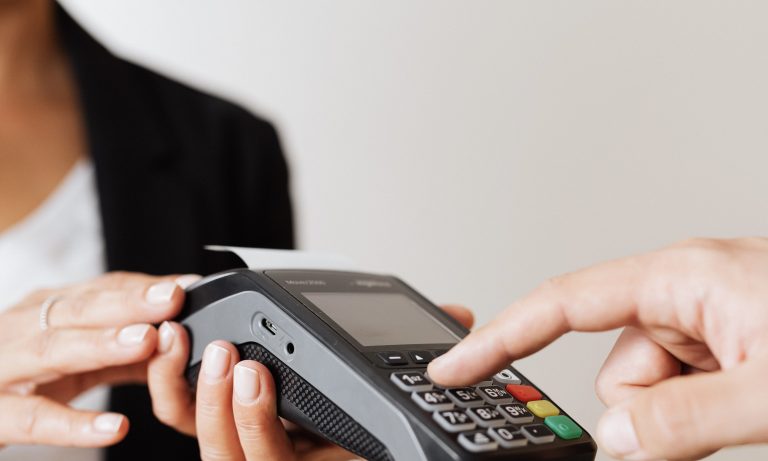
Quick takeaway: why was my card declined?
There are several reasons why a card might be declined, including:
- Incorrect information: card number, CVC, expiry date, and more
- Insufficient funds: lack of funds in the bank account associated with the card, or your credit limit has been reached
- Fraud protection: when your provider recognises ‘suspicious activity’
- Card blocked by provider: can be caused by missed credit card payments, when there’s a hold on your card or if the payment type is riskier than usual such as “Swipe & Sign” transactions
- Awaiting 2-step verification: security method used to verify certain purchases. This is known as a 3DS payment
- Your card has expired: the expiry date on your card has passed
- Technical issues: problems with your provider or payment gateway
Understanding each of these potential issues is the first step to fixing them, let’s explore each in more detail to help you get around your problem.
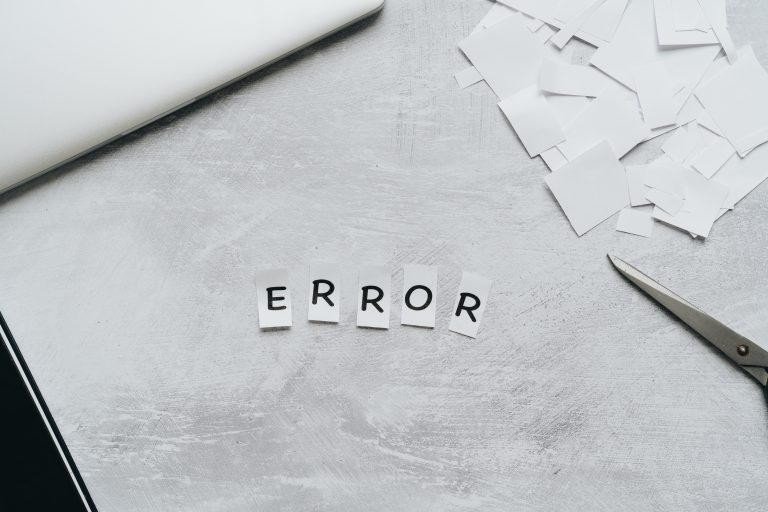
Incorrect information
If your card has declined, you could have provided some incorrect information during the process of making your purchase. This is an easy mistake to make, especially when online shopping or using a mobile app. Luckily, this is a simple problem to navigate through, only requiring some light effort to double-check your details. Here are some examples of information that could be incorrect when making a card payment:
- PIN number: the four-digit “Personal Identification Number” used as a passcode to authorise debit or credit card transaction
- Card number: the long number on the front of your card – unique to you
- Account number: the second set of numbers displayed at the bottom of your card, usually eight digits long
- Expiry date: the date that your card will expire, shown on the card
- Card Verification Value (CVV): this is the three-digit number usually displayed on your card. It is used as a unique security code used to verify your purchases and to protect you against fraud
It’s rare for there to be any further complications as a result of this, however, your card might have a freeze placed on it if you input incorrect information too many times. To unfreeze the card, you will need to get in touch with your provider.
Address Verification System (AVS) Policy.
The Address Verification System (AVS) checks the billing address specified with the registered address of the cardholder. AVS policy is in place to protect people against fraud for “Card Not Present” transactions, such as online payments.
If you are experiencing an AVS decline, double-check that the billing address matches that registered to the card – it could be that you’ve entered some details incorrectly during the payment process. You may need to contact your provider to update your information or explore the situation further if everything seems correct.
Insufficient funds
Having insufficient funds in the bank account associated with the card you are using is one of the most common causes of declined payments, and it can be an embarrassing one. We’ve all experienced it; a few unexpected expenses here and a couple of spontaneous purchases there and you can easily lose track of the money in your account. If you don’t hold enough funds to cover a transaction, the payment will be declined.
If this is something that happens often, it might be worth exploring how you can budget and manage your money more effectively. There are numerous budgeting apps and useful expense management tools solutions that are effective at helping teams keep track of their spending.
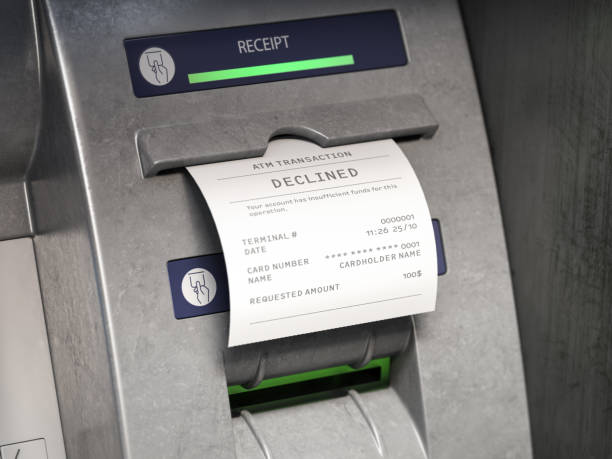
You have hit your spend limit
If you’ve tried to make a credit card payment and it’s been declined, chances are you’ve hit your credit limit. When you open an account with a credit card issuer, a maximum borrow limit is placed on the card. When this limit is met, you are unable to make further transactions with the card until a portion of your balance is paid back.
Lower credit limits are common for people who haven’t had a credit card for very long, or for people with poor credit scores. If you fall under one of these categories, you may find yourself hitting your limit on occasion. Consider contacting your credit card provider to ask them if you’re eligible for an increase on your limit.
If you are using a company credit card and it declines, you should take the issue up with management for further guidance.
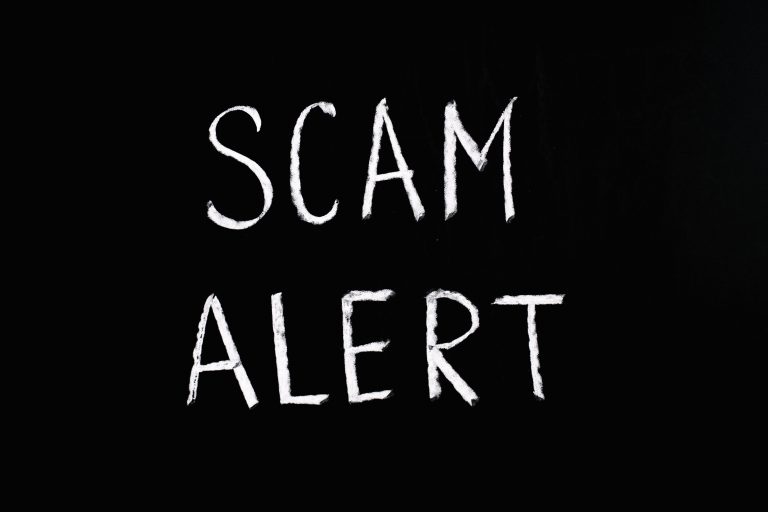
Fraud protection
Sometimes your card payments can be declined as a security measure. The bank may block/deactivate one of your cards if your purchase behaviour changes and this is recognised as an irregularity.
For example, if you are making a high number of transactions on one card in a certain time period, or if you try to make a particularly expensive purchase, your bank may block any transactions until you verify that it is you going on a spending spree. This is to protect you against crimes like fraud and theft.
Once you verify that it is you who is making the purchases, your card should be ready to use again. If you experience any further issues, get in touch with your provider.
Travel and international payments.
Making purchases in different locations, either domestically or internationally, can be enough for your card issuer to assume that your card has been stolen. If this happens, your card will be frozen and any payments will be declined. This is especially common for employees who are travelling on behalf of the business and are using company cards.
To prevent this, when you are planning a long trip away, it is worth contacting your bank to let them know beforehand. This way, you don’t have to worry about the inconvenience of your card being frozen whilst you are on the road.
Card blocked by provider
There are other times where your bank may place a block on your card, more specifically, your credit card. If the agreed minimum monthly repayment hasn’t been made by the due date, your bank will place a block on your credit card. This will prevent any further transactions being made until the payment has been made.
Overdue repayments on personal credit cards can negatively affect your credit score. A lower credit score will make it harder for you to secure loans and mortgages. Any loans you can get with a lower credit score will often be on unfavourable terms, with much higher interest rates and charges. In order to avoid missing repayments and to keep your credit score at a good number, consider getting in touch with your bank to ask how they can assist you.

2-Step Verification
In today’s day and age, digital security is more important than ever – especially with regards to making banking and card transactions. Sometimes when you attempt to make a payment, either in person or online, your bank will require 2-step verification before your payment will go through. These systems are in place as an effective security measure.
Two-step verification, also known as two-factor authentication, requires two separate steps to confirm your identity. Before your payment can be made successfully, you will need to provide a password or PIN, as well as a unique code that is sent to your phone or email.
By requiring two separate pieces of information, two-step verification makes it much more difficult for hackers or fraudsters to gain access to your information, account, and money.
3D Secure payment meaning.
A 3D Secure Payment (3DS payment) or 3D Secure Authentication is a type of 2-step authentication involved in a lot of online transactions. It was developed by leading card networks such as Visa, Mastercard and American Express.
A 3DS Payment will redirect you to pages where you are required to input one-time information, such as a password or code. Similarly to other 2-step authentication methods, this is to prevent fraud and theft.
Once your identity has been confirmed by your card provider, your payment will be processed. If authentication hasn’t been performed, the bank can refuse the payment. This is often known as a “Soft 3DS Decline”.
Card expired
If your card has expired – your payment will be declined. Over time, debit and credit cards experience wear and tear. With frequent use, details on the cards may become hard to read, and the magnetic strip on the card may stop working properly.
To make sure all of us have bank cards in working order, providers will set expiration dates where you should apply for a new card. On arrival, your old card should be destroyed in order to protect against fraud.
Most card issuers send out reminders to help you keep track of your card’s expiry date. It’s important to take action quickly and apply for new cards as soon as expiry dates are approaching. If you don’t, you could be caught out and left with an expired card which will result in your next payment getting declined.
Technical issues
Unfortunately, there are times when your card payment will be declined and it is out of your control. Technical problems which result in declined payments include:
- Network errors: this is when there is a disruption in the communication network between the system that is processing your transaction and your card provider. This can be caused by server downtime, scheduled maintenance, as well as other general glitches.
- Payment gateway errors: payment gateways are used to process payments between the merchant you are buying from and your card provider. An error in the payment gateway, such as incorrect configuration or connectivity issues, will mean that your transaction won’t go through properly and your payment will likely be declined.
These problems can be especially frustrating, especially when you know you have the required funds available to make your purchase. Sadly, there’s not much that can be done other than waiting patiently for issues to be resolved, or exploring other payment methods.
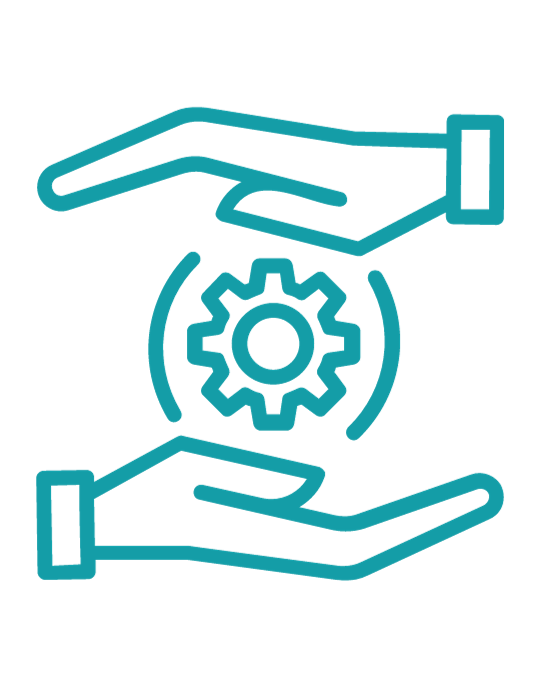
Advice from card providers
Has your payment been declined and you’re not sure why? Find advice and guidance from your credit card provider via the table below:
Easy and convenient expense management with Volopa
At Volopa, we offer the ideal expense management solution for any business struggling to manage company cards across departments. With our prepaid business cards, you can easily fund the cards of each employee using our mobile/desktop app. You can freeze and block cards, set spending limits as well as instantly capture receipts and upload to any transaction.
Never worry about a member of your team getting their company card declined for insufficient funds again. Not only can you closely monitor spending and avoid going over budget, but our cards will automatically draw funds from the Company Wallet whenever funds are low on an employee card with our one-of-a-kind Shared Wallet feature.
Our cards allow for simple and effortless international spending. Fund your multicurrency Company Wallet in GBP, EUR or USD, then convert balances to any of the other 13 supported currencies. We have years of experience with helping companies control spending and manage their expenses. Get in touch with us to learn more about how our software can help you and get your free trial today!
FAQs
There are a number of reasons why your card could be getting declined, such as incorrect payment information, exceeding your credit limit, or you are holding insufficient funds. It could be that your bank has frozen your card to protect you against fraudulent activity. Double check your information and balances – if your payment is still getting declined, contact your provider.
To stop your card from getting declined, ensure that you have sufficient funds in your account or available credit limit, use the correct card details when making a transaction, and notify your bank of any travel or potential unusual activity you have planned. Also, consider setting up automatic payments, monitoring your account regularly, and having a backup payment method in case of a decline.
No, declined payments don’t affect your credit score. Whilst it can be embarrassing and concerning to have your card declined, this won’t ever be reflected in your credit score.
Find out more about what Volopa can do for you


